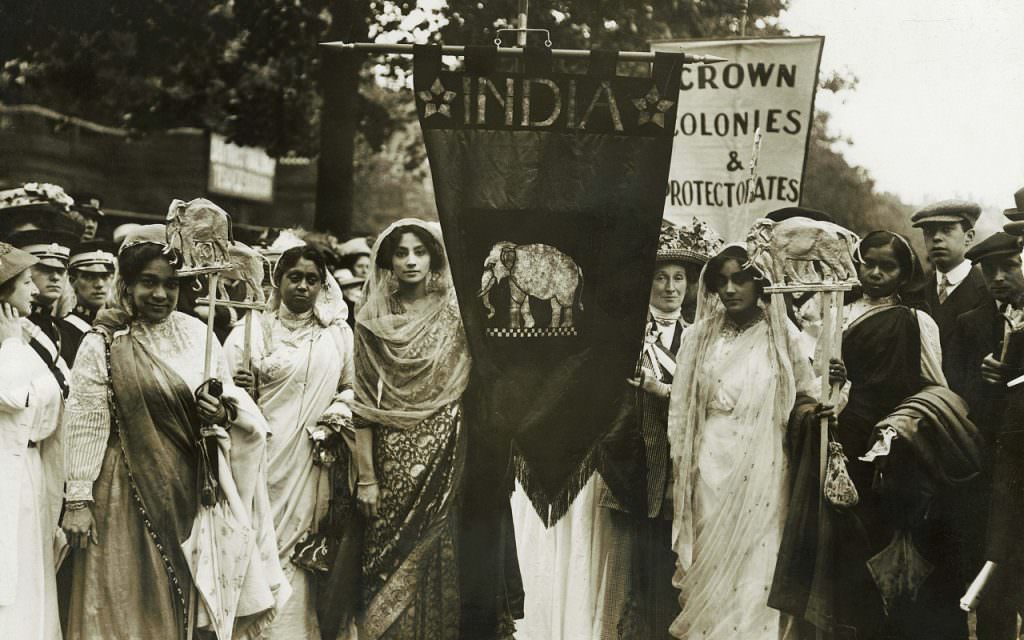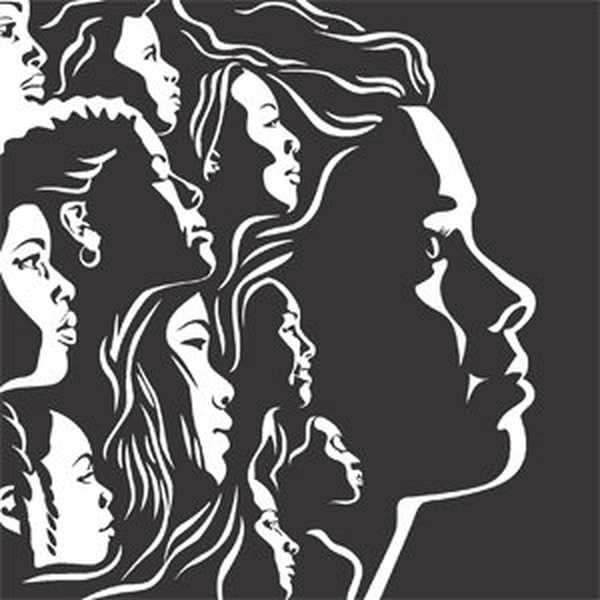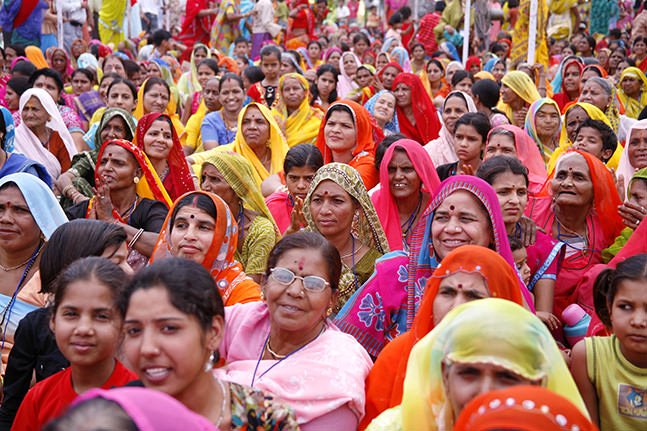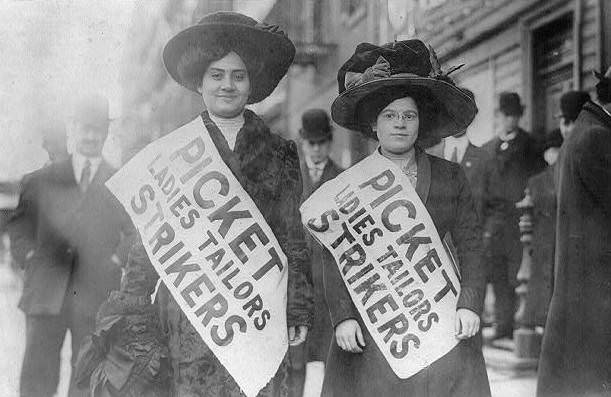The history of women’s movements across the world brings into colour the black and white images of change: colours across the spectrum of revolution, courageous marches, legislative demands and shouts for equality. As these movements gained momentum, it became imperative to recognize women’s contributions in various contexts in order to be able to put a name and face to struggles, and not have them go unnoticed.

History Of The Day
International Women’s Day first emerged from the activities of labour movements at the turn of the twentieth century in North America and across Europe. The four United Nations women’s conferences commemorated a rallying point to build support for women’s rights and participation in the political and economic arenas. The conferences marked a shift in the global agenda to gender equality, dealing with issues of poverty, education and training, health, violence, armed conflict, economy, decision-making, institutional mechanisms, human rights and the girl-child. It was initially called the International Working Women’s Day.
International Women’s Day then became a method to reflect on progress made, to call for change and to celebrate acts of courage and determination by ordinary women who have played an extraordinary role in the history of their countries and communities.
1909: The first such commemoration was observed on the 28th of February in the United States in honour of the garment workers’ strike in New York where women protests against working conditions.
1910: Women’s Day was established in a Copenhagen meeting of the Socialist International in honour of the movement for women’s rights and to build support for winning universal suffrage for women. A fixed date was not set for its observance, but the proposal to establish the day was granted in unanimity of over 100 women from 17 countries, including the first three women elected to the Finnish Parliament.
1911: The aforementioned conference resulted in the day being marked on the 19th of March for the first time in Austria, Denmark, Germany and Switzerland where more than millions of women attended rallies in support in the initiative. The demands extended included the rights to vote, hold public office, work, vocational training, and to end discrimination on the job.
1919-1917: The day became a means of protesting World War I. The consolidation of a call to end war and the call for equality meant the movement gained political traction across the world and was recognized as a formidable call for justice. There was then a protest for “Bread and Peace” in Russia.
1975-1977: International Women’s Day was then celebrated each year on the 8th of March from 1975. 1977 saw the UN adopting a resolution proclaiming the UN Day for Women’s Rights and International Peace to be observed on any day of the year by Member States in accordance with their historical and national traditions.
The Charter of the United Nations signed in 1945 was the first international agreement recognizing the principle of equality between and men. The historical legacy of such affirmation resulted in agreed strategies, standards, programs and goals to advance the status of woman worldwide.

International Women’s Day is an official holiday in various nations. Different countries employ a melange of methods to celebrate the day, some giving gifts, some having marches, and some having women-only dinners.

The campaign themes for the day have varied from “Celebrating the Past, Planning for the Future” (1996) to “#BeBoldForChange” in 2017. “Women in the Changing World of Work: Planet 50-50 by 2030“, the theme focus, seeks to consider how to accelerate the 2030 Agenda by building momentum for the effective implementation of the new Sustainable Development Goals. Goal 5: Achieve gender equality and empower all women and girls; and Goal 4: Ensure inclusive and quality education for all and promote lifelong learning are specifically focused on.
In an ever changing world riddled with globalisation, technological improvements and digital revolutions, the hurdles women face have become manifold. This Women’s Day is a shout out to every person in this world to be bold in the name of change, to take risks and stand their ground, to be brave enough to push the world towards a more inclusive, gender equal future.
Featured Image Source: Wikipedia
About the author(s)
Shilpa Prasad is a law student who loves books, poetry and her guitar.




